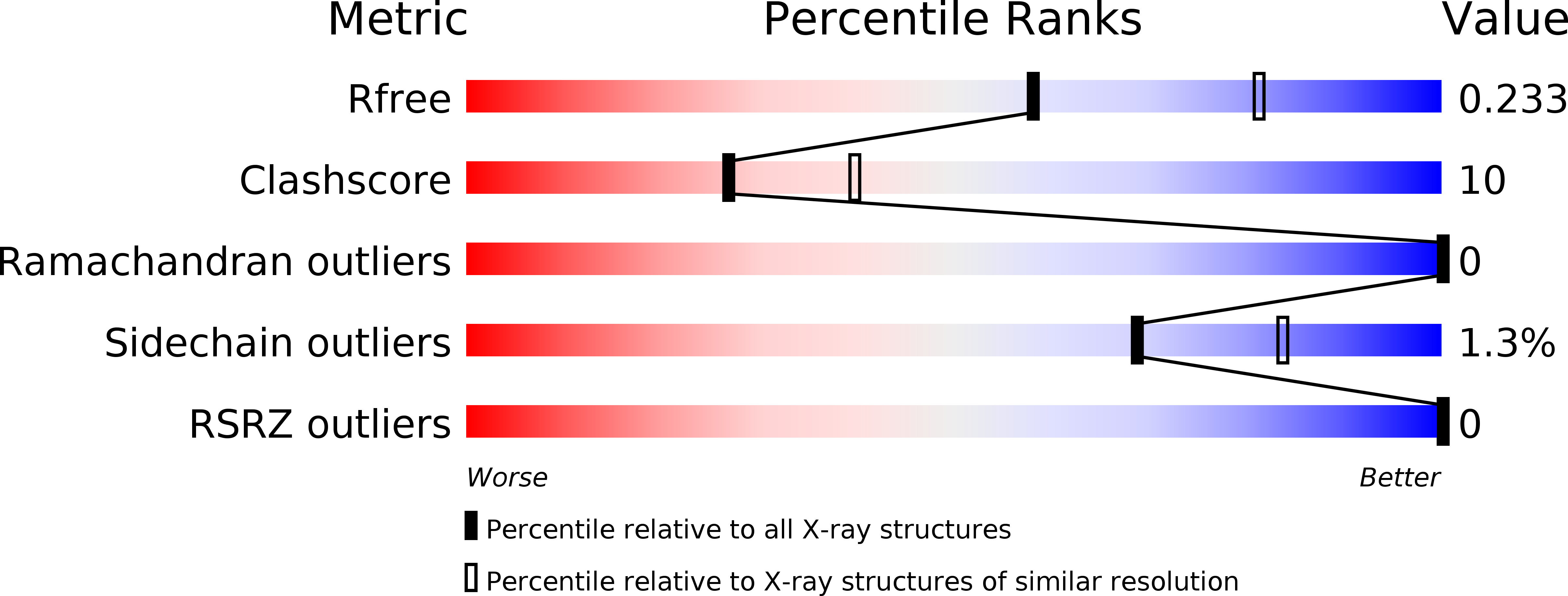
Deposition Date
2015-07-24
Release Date
2016-07-27
Last Version Date
2024-10-23
Entry Detail
PDB ID:
5CUI
Keywords:
Title:
Crystal structure of Human Defensin-5 R28A mutant.
Biological Source:
Source Organism:
Homo sapiens (Taxon ID: 9606)
Method Details:
Experimental Method:
Resolution:
2.40 Å
R-Value Free:
0.22
R-Value Work:
0.18
R-Value Observed:
0.18
Space Group:
C 2 2 2


